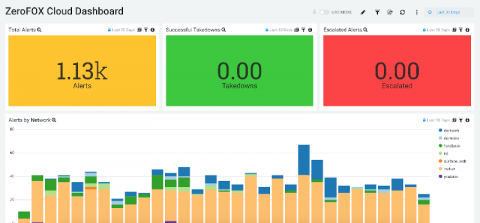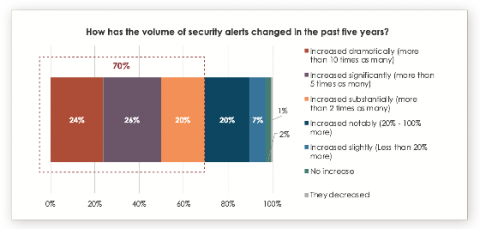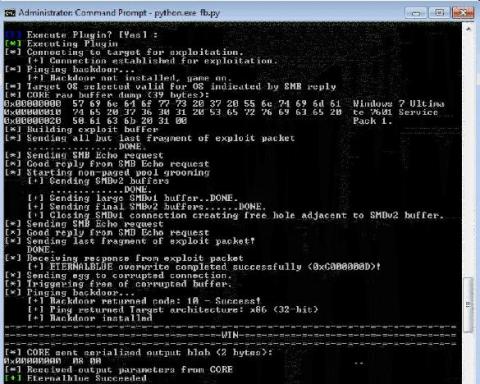Distributed tracing analysis backend that fits your needs
I am spending a considerable amount of time recently on distributed tracing topics. In my previous blog, I discussed different pros and cons of various approaches to collecting distributed tracing data. Right now I would like to draw your attention to the analysis back-end: what does it take to be good at analyzing transaction traces?














